Vinorelbine tartrate
Synonym(s):3′,4′-Didehydro-4′-deoxy-C′-norvincaleukoblastine [R-(R*,R*)-2-3-dihydroxybutanedioate (1:2)salt];5′-Noranhydrovinoblastine tartrate;Navelbine tartrate;NVB;Vinorelbine ditartrate salt
- CAS NO.:125317-39-7
- Empirical Formula: C53H66N4O20
- Molecular Weight: 1079.11
- MDL number: MFCD03613607
- EINECS: 639-264-2
- SAFETY DATA SHEET (SDS)
- Update Date: 2025-01-27 09:38:02
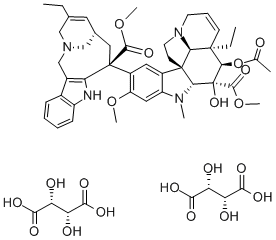
What is Vinorelbine tartrate?
Chemical properties
Pale Yellow Powder
The Uses of Vinorelbine tartrate
An antineoplastic
The Uses of Vinorelbine tartrate
Vinorelbine Bitartrate is an antineoplastic.
What are the applications of Application
Vinorelbine ditartrate is a selective mitotic microtubule antagonist
Definition
ChEBI: The L-(+)-tartrate salt of vinorelbine.
brand name
Navelbine (Pierre).
General Description
Vinorelbine ditartrate is available in 1- and 5-mL vials at aconcentration of 10 mg/mL for IV use. It is FDA approvedfor the treatment of NSCLC. The agent has also been usedin treating metastatic breast cancer, cervical cancer, uterinecancer, and lung cancer especially in older patients or thosewith physical difficulties. Vinorelbine is the most lipophilicof the vinca alkaloids because of modifications of thecatharanthine ring system and dehydration of the piperidinering. This allows the agent to be quickly taken up into cellsincluding lung tissue where concentrations are 300-foldhigher than plasma concentrations. This is 3 to 13 timeshigher than the lung concentrations seen with vincristine.The agent is highly protein bound (80%–91%) and metabolizedby CYP3A. The major metabolite seen is the 4-Odesacetylderivative, which is equally active with the parentbut only formed in small quantities. The agent is eliminatedprimarily (33%–88%) in the bile with some appearing inthe urine (16%–30%). The elimination half-life is 27 to43 hours. The toxicities seen for vinorelbine includemyelosuppression, which is dose limiting but ceases upondiscontinuation of drug. This is most commonly seen as aneutropenia, and patient’s neutrophil count should be monitoredprior to and during therapy to decrease the chanceof infection. Additional toxicities include nausea/vomiting,elevation of liver function tests, alopecia, generalized fatigue,and inappropriate secretion of antidiuretic hormone.Neurotoxicity is seen with vinorelbine but occurs to a lesserdegree compared with other vinca alkaloids because of itsdecreased affinity for axonal microtubules.
Biological Activity
Selective mitotic microtubule antagonist that exhibits > 20 fold selectivity over axonal microtubules. Inhibits proliferation of multiple human tumor cell lines (IC 50 = 1.25 nM in HeLa cells) and blocks metaphase/anaphase transition by suppression of microtubule dynamics (IC 50 = 3.8 nM). Reduces spindle length by 29% and inhibits microtubule polymerization at micromolar concentrations.
Biochem/physiol Actions
Vinorelbine is a potent anti-mitotic, anti-tumor agent. Vinorelbine inhibits microtubule assembly. Low neurotoxicity is related to its higher affinity for mitotic microtubules than for axonal microtubules.
Properties of Vinorelbine tartrate
| Melting point: | 181-183°C |
| storage temp. | 2-8°C |
| solubility | H2O: 10 mg/mL |
| form | powder |
| color | off-white |
| Stability: | Light Sensitive, Temperature Sensitive |
| CAS DataBase Reference | 125317-39-7(CAS DataBase Reference) |
Safety information for Vinorelbine tartrate
| Signal word | Warning |
| Pictogram(s) |
 Exclamation Mark Irritant GHS07 |
| GHS Hazard Statements |
H317:Sensitisation, Skin |
| Precautionary Statement Codes |
P280:Wear protective gloves/protective clothing/eye protection/face protection. |
Computed Descriptors for Vinorelbine tartrate
| InChIKey | PMDHUNWDGZSEMN-WTUOTUPFSA-N |
Vinorelbine tartrate manufacturer
Archerchem Healthcare Pvt., Ltd. (part of Archerchem Group)
New Products
Tetrabutylammonium iodide (3,3-DIFLUOROCYCLOBUTYL)METHANOL 4,4-DIFLUOROCYCLOHEXANAMINE Cyclobutylamine (S)-3-Fluoro-pyrrolidine hydrochloride 3-Oxocyclobutanecarboxylic acid N-Hydroxy-2-methylpropanimidamide L-tert-Leucine,97% 2-Bromophenylacetonitrile, 97% Aluminum oxide, basic Calcium hydroxide, 95% Diallylamine, 99% 2-Iodobenzoic Acid 3-Methoxybenzonitrile Pentachlorobenzonitrile Chloral Dibenzoyl Peroxide Titanium Dioxide O-Benzylhydroxylamine Hydrochloride 2-Nitrobenzaldehyde 2-Picolylamine (2-Aminomethylpyridine) 2-Venylpyridine Ethyl-2-Chloroacetoacetate 4-Dimethylamine PyridineRelated products of tetrahydrofuran
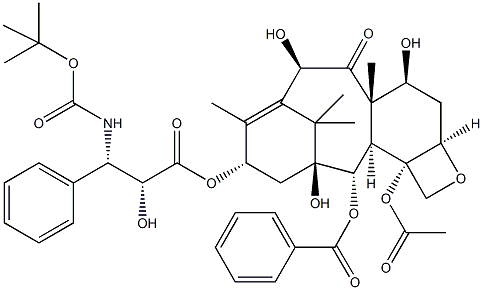
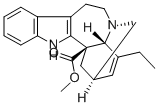
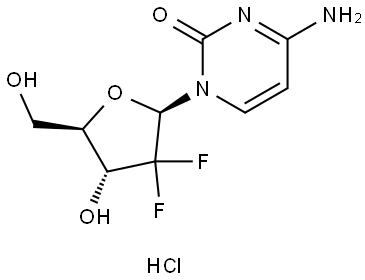
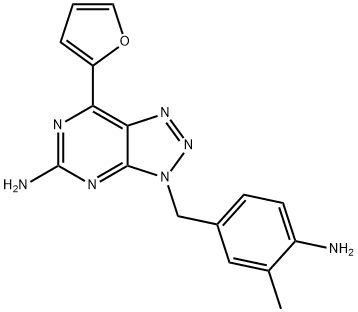




You may like
-
 125317-39-7 Vinorelbine tartrate 98%View Details
125317-39-7 Vinorelbine tartrate 98%View Details
125317-39-7 -
 Vinorelbine tartrate CAS 125317-39-7View Details
Vinorelbine tartrate CAS 125317-39-7View Details
125317-39-7 -
 Vinorelbine Tartrate CAS 125317-39-7View Details
Vinorelbine Tartrate CAS 125317-39-7View Details
125317-39-7 -
 1126-74-5 3-Pyridineacrylic acid 98+View Details
1126-74-5 3-Pyridineacrylic acid 98+View Details
1126-74-5 -
 tert-Butyl carbazate 98+View Details
tert-Butyl carbazate 98+View Details
870-46-2 -
 TETRABUTYLAMMONIUM CYANIDE 10442-39-4 98+View Details
TETRABUTYLAMMONIUM CYANIDE 10442-39-4 98+View Details
10442-39-4 -
 91419-52-2 98+View Details
91419-52-2 98+View Details
91419-52-2 -
 19752-84-2 TETRAHYDRO-2H-PYRAN-3-OL 98+View Details
19752-84-2 TETRAHYDRO-2H-PYRAN-3-OL 98+View Details
19752-84-2
